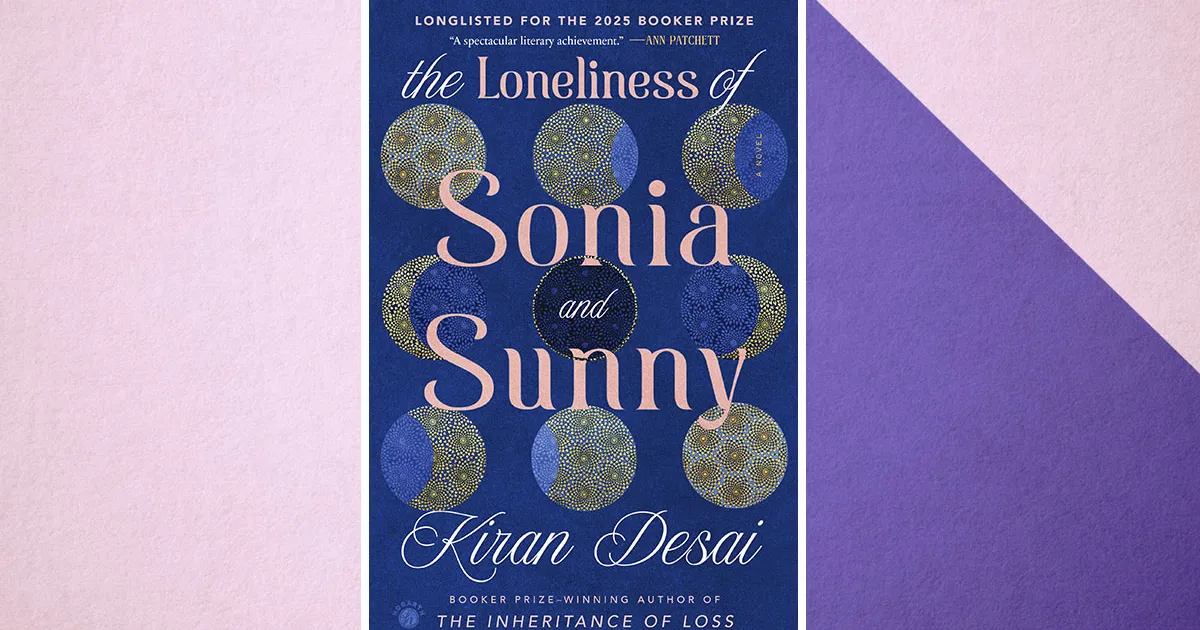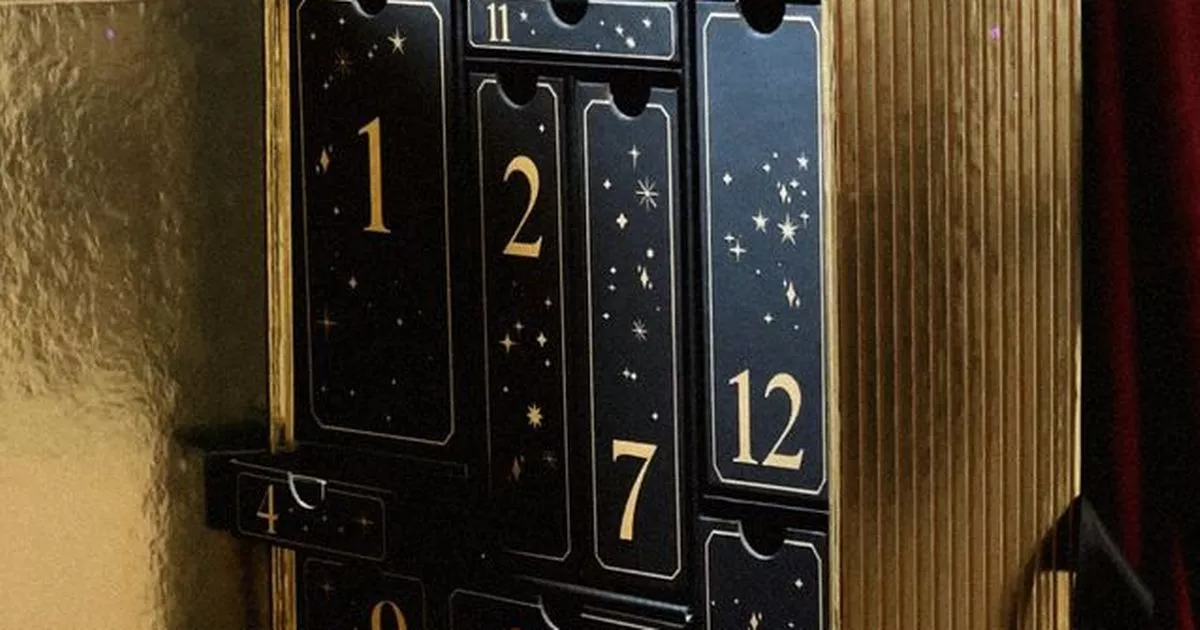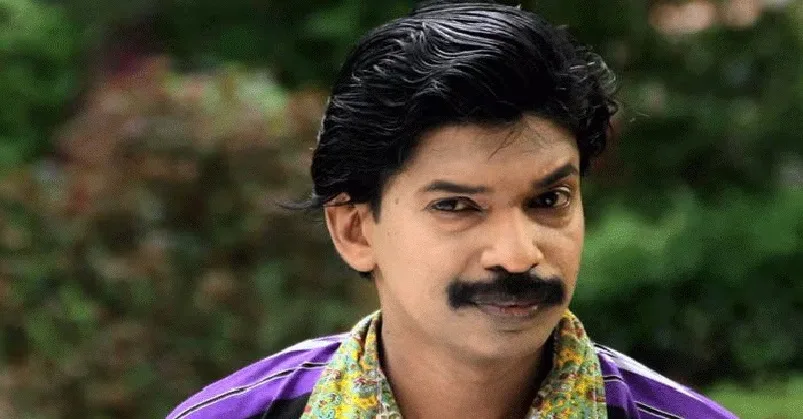
Long novels demand respect. Entering a bookstore and picking up a 600-page literary novel, many readers will make an instinctive calculation: This must be serious. No author would spill so much ink without having something essential to say. A reader’s expectations may rise further if the writer were, say, a hermetic celebrity who has not published a book for 19 years — and higher still if that famous novelist were writing about writing, staking her claim on the form of the novel itself.
In this instance, the writer is Kiran Desai, the novel is The Loneliness of Sonia and Sunny, and the page count is 688. Booker longlisted already, it’s the follow-up to Desai’s 2006 Booker-winning superhit The Inheritance of Loss. And it is a big swing. Set primarily in India and the United States between 1996 and 2002, and told in an omniscient third person that nods to the 19th-century Russian novel, it combines various traditions of realism: It’s part marriage plot, part trauma plot, and part novel of manners. Most ambitiously, it’s a book concerned with Indian identity that levels a metacommentary on the very act of writing about identity. Desai’s protagonists — Sunny, a reporter, and Sonia, an aspiring novelist — are isolated cosmopolitan writers. By choosing as protagonists two people writing about loneliness and identity — perennial themes in immigrant fiction — Desai aims to make well-trodden terrain her own.
The marriage plot forms the spine of the novel and is largely successful. The love story is an arranged-marriage tale, something Sonia’s first boyfriend calls a cliché in Indian fiction. Yet Desai offers a twist: The novel opens with the protagonists’ families attempting to matchmake; however, the initial proposal fails because Sunny secretly has a white girlfriend. Later, Sonia and Sunny get together on their own terms. Desai’s multipart meet-cute lets her challenge neat old-world–new-world dichotomies. Her marriage plot is about the complex ways immigration inflects intimacy and how the romantic is political. Sonia, who studied in the U.S. but cannot get a visa to return, feels like a burden to Sunny, who guards his green card jealously. “She was giving Sunny too much bad news, like a Third World relative whom your only choice is to ditch before their problems disrupt your First World life,” Desai writes. When the couple travel to Italy and Sunny can’t stop talking about refugees, they have a rare fight. Sonia tells Sunny, to his dismay, that she wants to enjoy her trip to the First World without worrying about “other Third-Worlders.” Here, Desai intelligently recasts the 19th-century marriage plot as a 21st-century story of global identity.
The romance, however, competes with the tale of trauma. Early on, Sonia falls into an abusive relationship with an older painter, Ilan — a romantic dynamic that Desai acknowledges as “a tedious stereotype of older, monster male artist and younger, aspiring female artist.” Desai tries to write past this stereotype by introducing a surreal plot point: Sonia literally loses her creative powers to Ilan when he steals her family heirloom, a protective amulet. Then, when she and Sunny get together, they are both haunted by a “ghost hound,” a manifestation of Sonia’s trauma. Such a high-concept literalization of trauma is, in 2025, about as clichéd as the stereotype it attempts to represent.
In the case of the novel of manners, Desai’s metanarration offers up as intertext Anna Karenina, which a rapt young Sonia reads. Desai does have a Tolstoyan talent for both empathizing with and skewering the upper classes from within. Sonia, Sunny, and their kin — people who can afford to vacation in Europe, though only after being humiliatingly interrogated to get a visa — are case studies in uneven privilege. When Desai writes into these complications, she triumphs. Sunny, for example, feels solidarity with his working-class immigrant neighbors in Queens while repressing the fact that his family funded his education with black money. Desai especially shines when rendering Sunny’s mother, Babita, a petty widow who raised her son to immigrate yet resents him for leaving her in India; her trip to London is ruined by the shameful sight of a desi cleaning a toilet, and she seeks out an exhibit about maharajas (the impressive kind of Indian) to inflate her sense of self. Through Babita, Desai puts forth many cogent observations about cosmopolitan Indians: “this striving to escape India felt patriotic,” she writes. “If you were a worthy Indian, you became an American.”
Material details are Desai’s specialty. Her gaze captures everything from a bobby-pinned henna toupee to a potato-chip bag floating downriver. At times, though, Desai goes too far, and those “millions of observations” make for purple prose. A kurta is “woven in the red of coconut husk, the khaki under a banyan, the purple of sea monsters drawn from the depths by monsoon tides and cast upon the beach.” The sentences get sloppier as the book nears its conclusion, a sure sign it is straining under the weight of its many competing elements.
The reason for the strain may lie in the novel’s least convincing preoccupation: the loneliness of migration and the difficulty of articulating one’s identity in a world that erases Indians. Because these themes form the framework that holds it all together, Desai must make the most of them for the novel to cohere. This task requires her to dramatize the concepts of loneliness and identity to say something original and surprising. This is challenging, in part because loneliness is such a familiar theme in the 21st-century Indian American novel (blame Jhumpa Lahiri and her literary inheritors). Of course, with precisely sketched social worlds, deep character development, and plots that turn ideas into narrative, novelists can always find new riffs on old themes. Indeed, with her well-imagined side characters and subplots, Desai does make loneliness specific: Babita’s loneliness leads to an intriguingly bloody (albeit rushed) crime story line, while Sunny’s friend Satya’s loneliness sends him on a comically meandering quest for an Indian bride.
The protagonists’ many plotlines, however, do not advance the concepts at stake in Sonia and Sunny. Desai’s attempts to relate Sonia and Sunny’s love story to her wider themes lead her to indulge in cliché. When they meet, they are immediately infatuated because they have both been lonely Indians in the West and because they are both fleeing relationships with shallowly characterized racists who sling insults about curry. In trying to capture the comfort of being with a fellow Indian, Desai uses essentializing platitudes: Sonia imagines Sunny and herself bound by “a culture so deep” with its “eternal waters”; Sunny, too, enjoying Sonia’s company, reflects that “dusk in India felt always settled, ancient, a civilization that had come to fullness.” These are uncritically written descriptions of immigrant nostalgia that readers of immigrant fiction will have encountered many times before — two people flattening a country and a culture, making it easier to imagine and easier to yearn for. A 2025 novel about immigrant identity, especially one that aims to say something about the representation of immigrant identity, owes its readers a bit more nuance.
It is a pity that the metacommentary in Sonia and Sunny is so inchoate, because, as an author and public figure, Desai is well positioned to sort through the rubble of our often inane representation discourse (and to articulate its wider social consequences). In addition to being a respected Indian novelist in her own right, Desai is a genetic heir to the postcolonial novel as a daughter of three-time Booker-shortlisted Anita Desai. She is also no stranger to the sensitivities and stakes of representing India for a western audience. While many global readers celebrated The Inheritance of Loss, the novel incited controversy on the subcontinent for its representation of Nepalis; there were threats of book-burnings in Kalimpong. Yet the essayistic musings in Sonia and Sunny read more like armchair postcolonialism than a major writer laying muscular claim to the novel as form.
Had Desai wished to more deeply explore such sociopolitical themes through the lives of her subjects, her ingeniously imagined secondary characters are waiting in the wings. In addition to Babita and Satya, there is Sonia’s aunt Mina Foi, a Hindu-raised woman besotted with Christianity. Desai might also have engaged more explicitly with politics. Sonia and Sunny takes place between two historic moments of anti-Muslim violence: the 1992 razing of a mosque in Ayodhya and the 2002 riots in Gujarat. The Hindu majority behind much of this violence also invoke the idea that a nation-state has a soul. It would have been fascinating to see Desai do more to contrast Sonia and Sunny’s perhaps “legitimate” desire to capture the truth of India with the logic of the conservative movements that lurk at the edges of the novel.
It is tempting to admire long novels solely for the sheer labor that goes into crafting them. And long novels are sometimes even more pleasurable for their glorious mess, assuming they add up to something fresh. But upon reaching page 688, it is disappointing to feel, despite Desai’s many talents, that Sonia and Sunny is ending very close to where it began.



